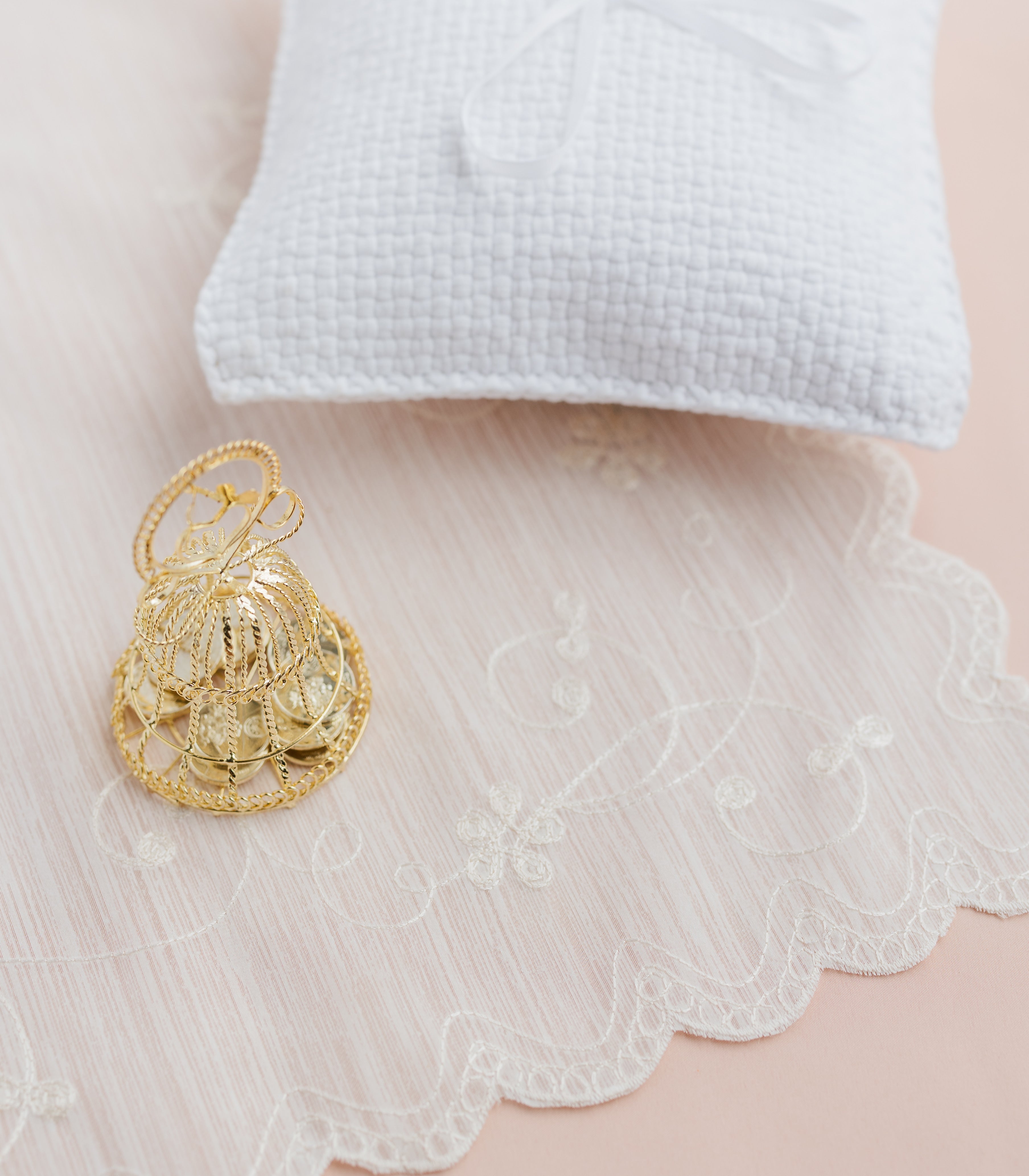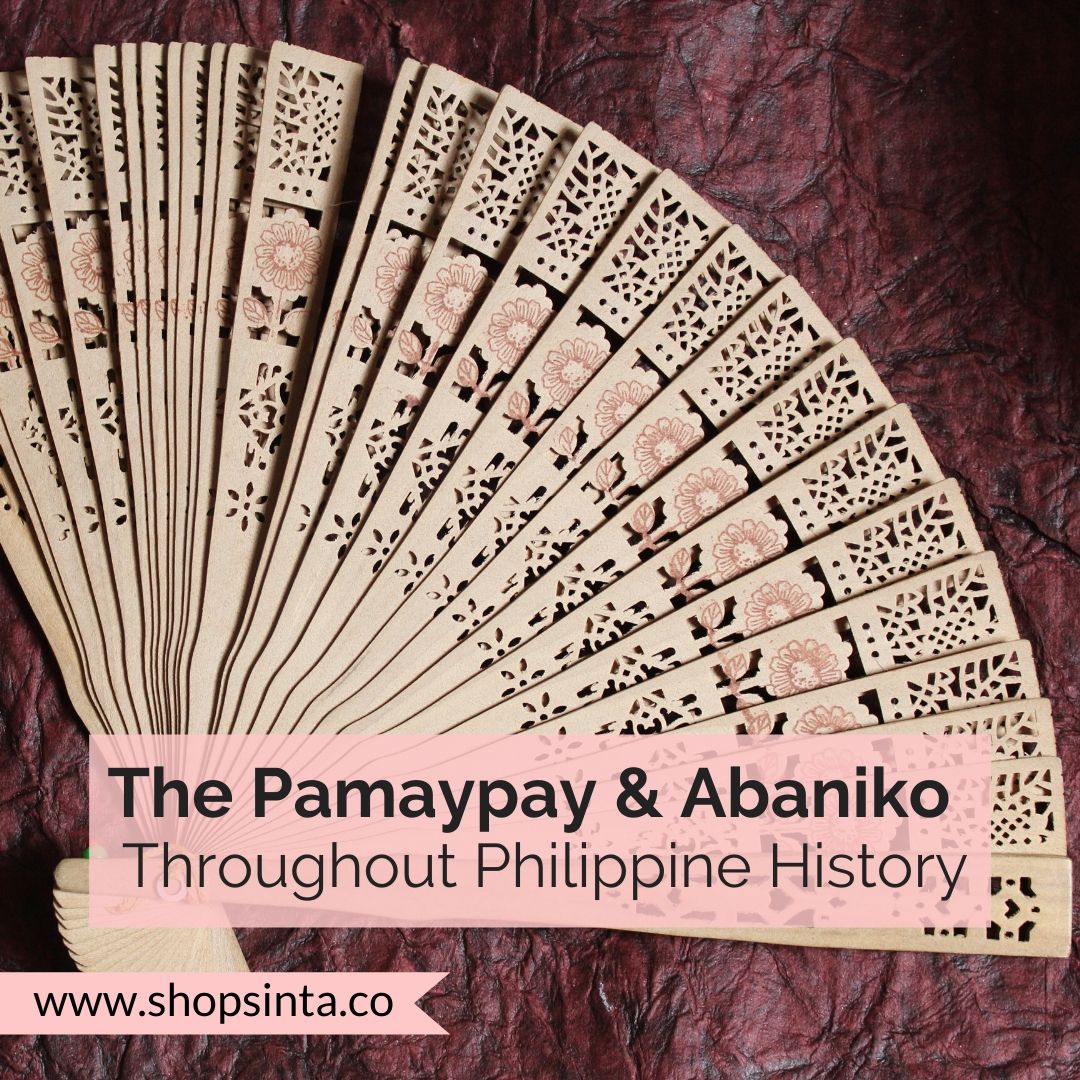More than a cooling agent, the Filipinx hand fan (known as the abaniko or pamaypay) speaks a language of diverse traditions and beautiful craftsmanship. Philippine national hero Jose Rizal in his renowned novel Noli Me Tangere (Touch Me Not), described it as a modest item always carried by the demure, virginal heroine Maria Clara: “While she would cover her face with a fan when she was teased, still her eyes smiled over the fan... All gazed in ecstasy at the beauty of Maria Clara and some old women murmured, as they chewed their buyo (betel nut), ‘She looks like the Virgin!’” Indeed, the abaniko & pamaypay, has shaped the way women have been seen (and have communicated) throughout the country’s history: here’s how.
A Brief History of the Hand Fan

Victorian-era women in England, with one carrying a traditional hand fan.
From Ancient Egypt, to Imperial China, to Victorian England, hand fans have been used as fashionable pieces by royals, as well as ritualistic ornaments by religious figures. The traditional abaniko made its way into Philippine society by way of Spain. In fact, the term actually stems from abanico, the Spanish word for hand fan.
Abaniko: Subversive Style With A Modest Facade
In the time of Spanish colonial rule, the abaniko had become a mainstay of women’s attire, commonly paired with the Filipiniana dress. It was an expensive object at first, made of materials like lace or pineapple silk and exquisite woods from native trees. Hand-woven, cut, and scrolled, each abaniko is then adorned with brass and traditionally finished with a delicate silk tassel.

A Spanish-style abanico/abaniko made of walnut and adorned with a powder blue silk tassel. (Source: Monchet Y Compania)
As such, ladies (such as the fictional Maria Clara) who used this form of abaniko largely came from high society, who followed highly conservative, Catholic norms that valued modesty and piety above all else. They had to keep themselves mostly segregated from men, unless during social occasions where mingling was highly controlled.
To skirt around these restrictions, women began to form their own secret codes, cleverly using the abaniko to express the words and emotions they had originally suppressed. This form of body language was commonly used to attract potential suitors.
For instance, holding a fan downwards with the right hand meant that a woman was single.

Holding a fan downwards with the right hand to indicate maidenhood. (Source: Monchet Y Compania)
Meanwhile, fanning quickly meant that a woman is interested in her suitor, wanting him to sit with her.

Fanning quickly to indicate interest. (Source: Monchet Y Compania)
Women who wished to subvert these boundaries even further had to cover half their face, indicating that they wanted their suitor to follow them. While often portrayed as a naive and prudish character, Maria Clara has also been portrayed as such, as Jose Rizal often left broad hints for interpretation. With the use of her fluttering fan as a modest mask, she is then allowed to peep over the edge and flirt freely with her betrothed Crisostomo.

Covering half the face to indicate the desire to be followed. (Source: Monchet Y Compania)
Today, abanikos are also given out during Filipino-themed weddings, as a stylish and practical way for churchgoers or people attending the marriage ceremony to beat the heat, as well as a beautiful memento given out by couples after the ceremony.
Pamaypay: Turning Mundane Materials To Festive Accessories
In contrast with the abaniko, the pamaypay is made of the dried fronds of the ubiquitous buri palm, making it more accessible among common folk. Woven and edged to be more sturdy, it is completed with a loop-like handle made of the stalks. Today, the pamaypay is commonly sold by vendors outside churches or other large public areas in the Philippines. It is also used to decorate houses during rural celebrations, such as the Pahiyas Festival in Quezon Province.

Colourful Pamaypay (Source: uckhet on Flickr)
Moreover, like the abaniko, it also makes for a fabulous accessory for weddings.
Singkil: Fans In The Islamic or Southern Philippine Tradition
Beyond the abaniko, hand fans have also been used in other ways apart from Spanish tradition. On the southern island of Mindanao, where Islam is more prominent, fans have been donned by women who perform the Singkil, a traditionally royal dance that tells the epic of the Muslim Maranao people. Here, fans are used to signify winds that help a princess named Gandingan navigate a dangerous ordeal in a forest.

Singkil Traditional Dance
Casa Mercedes X Monchet Y Compania: Preserving Traditions Today
While the secret language of the abaniko has been long gone, its beautiful craftsmanship continues to be preserved by artisan brands such as Casa Mercedes X Monchet Y Compania, known as the oldest fan maker in the Philippines. For over 65 years, they have prided themselves in creating bespoke abanikos out of the finest local Filipino materials, after studying the art of fanmaking in Spain in the 1950s.
Abaniko from Casa mercedes X Monchet Y Compania. (Source: Nolisoli)
Lawrence Garcia

Lawrence is a writer and digital creative from Manila, who's passionate about advertising, books, and fashion history. While working on getting certified as a digital marketer, he's usually binge-watching Heartland and RuPaul's Drag Race on Netflix. You can get in touch with him via email at rencegarcia95@gmail.com



Leave a comment